Lean construction is based on the idea that you can reliably release work from one building process to another. Imagine being able to hand over the building to whoever is next in line to complete their task and having complete confidence that everything will go as planned.
Understanding the idea of reliability in construction empowers you to alter the process’s design, supply, assembly, and control for optimal results. It gives you a sense of authority as well.
The Principles of Lean Construction
Construction project phases generally start with design and end with closeout. Every team member carries out their task as specified by the contract. The emphasis in lean construction shifts from individual stakeholders concentrating just on their respective duties to all stakeholders working as a team.
When lean construction concepts are used, the project assumes new dimensions as participants decide what to create and how to go about it after considering the whole life cycle of the project. With Archdesk software, you can manage your projects from the proposal to the last stage.
The Process Comes First
When working on conventional building projects, people direct most of their focus and energy on contracts and transactions. Every member of the team prioritizes their own self-interest.
Relationships continue to be transactional, and there is minimal emphasis on collaboration.
With lean projects, however, everyone concentrates on the building process. Everything is optimized for the end goal.
On a lean project, subcontractors handle their tasks in partnership with other team members.
If you are the general contractor, the owner will agree with any design changes you and the subcontractor feel will benefit the project. Your voice matters regardless of your position on a lean project.
More Preparation than Reaction
Traditional building projects are more reactive than proactive with their rework and change orders. On the other hand, when designing a lean construction project, the participants consider the project’s entire life cycle.
You don’t just think of what will happen in the initial stages of midlife. Instead, you also consider what would happen when its life has come to a reasonable end.
To align their short- and long-term interests in favor of the project, participants in lean construction projects also consider how their unique interests relate to one another.
The success of current projects sets the pace for future projects’ success. Only when you evaluate it can you learn what went well and what didn’t. Participants in a lean construction project respect the future by using lessons learned from the past at all levels.
Putting Together Structures to Attain Specific Goals
You use a systemic approach to prepare for different activities in a lean project. Team members will then have to complete their tasks per the specifications. Activities begin at the last responsible minute.”
Everyone pays attention to the lean construction techniques being used as soon as work begins so they can anticipate and address issues that could potentially jeopardize success.
The key to success is commitment and time-consciousness. Everyone who signed up for the project in a lean project is already committed. They understand that they can get assistance from the other team members. They do not have to struggle alone.
Pay Attention to the Project Supply Chain
The supply chain in most construction projects may be fragmented. Every participant is responsible for their own supplies, equipment, and tools. Lean construction project participants, however, collaborate to enhance supply chain performance. This frees them from market fluctuations. It can reduce lead times, shortages, and surprise prices.
Most people who have studied lean construction will agree that it has many advantages. However, shifting from a conventional to a lean construction process requires some adjustment on your part.
It would be best if you established a way to get past the long-held group behavior of lean construction. Lean construction is nothing short of transformational. It can help you uphold urgency, structure, leadership, focus, and discipline.

